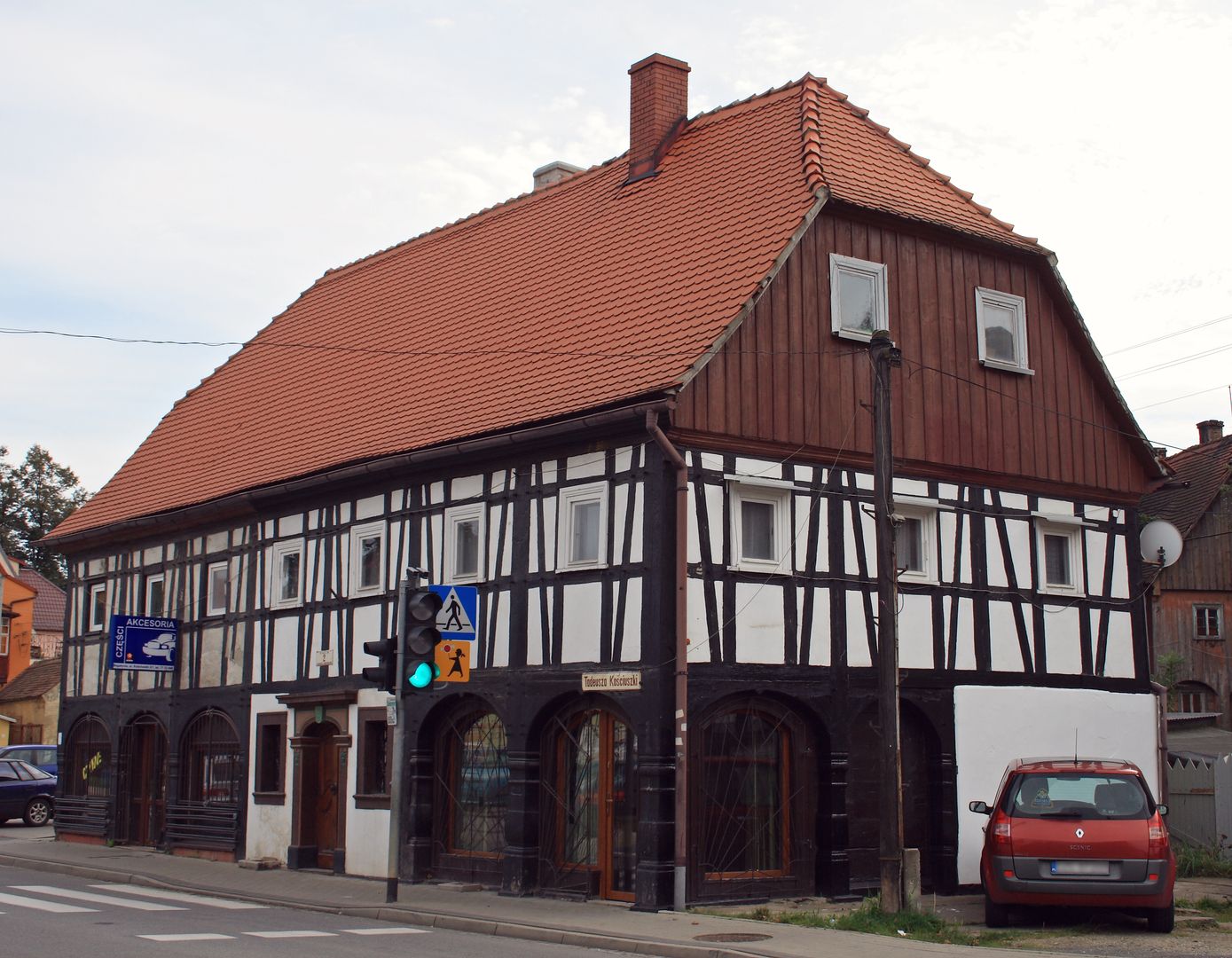Bogatynia
7.3

Overview
Bogatynia, located in the Turoszów Basin in southwestern Poland, is a town with a rich history, founded in the 13th century as a Lusatian settlement. The town developed thanks to its favorable location on the trade route between Dresden and Świdnica. During the Middle Ages, Bogatynia was exposed to invasions, including attacks by Hussite armies. In the 18th century, the town transformed into an important center of weaving, which brought it significant prosperity. An intriguing architectural feature is the wooden post-and-beam houses, which still form part of the town's landscape and have been entered into the register of monuments. Among the most important historical sites are the Parish Church of the Immaculate Conception of the Blessed Virgin Mary, former folk houses, and the historic urban layout of the town, which has been preserved since the 18th century. Bogatynia is also a venue for major cultural events, such as the Koziołek Matołek Liars' Tournament and the Bogatynia Days of Coal and Energy, which attract crowds of visitors. International cooperation with partner towns, such as Hrádek nad Nisou and Zittau, highlights the multicultural character of the region. The town is also significant from an economic perspective, due to the presence of the Turów Brown Coal Mine and the Turów Power Plant, which are key employers in the region. An interesting fact is the natural disaster that struck the town in 2010, when a flood destroyed many valuable buildings and infrastructure, forcing residents to rebuild with the support of the military and rescue services. Despite these difficult experiences, Bogatynia still retains its unique cultural and architectural features, attracting the attention of both tourists and history researchers.
Location
You can also find here:
2025 Wizytor | All Rights Reserved
